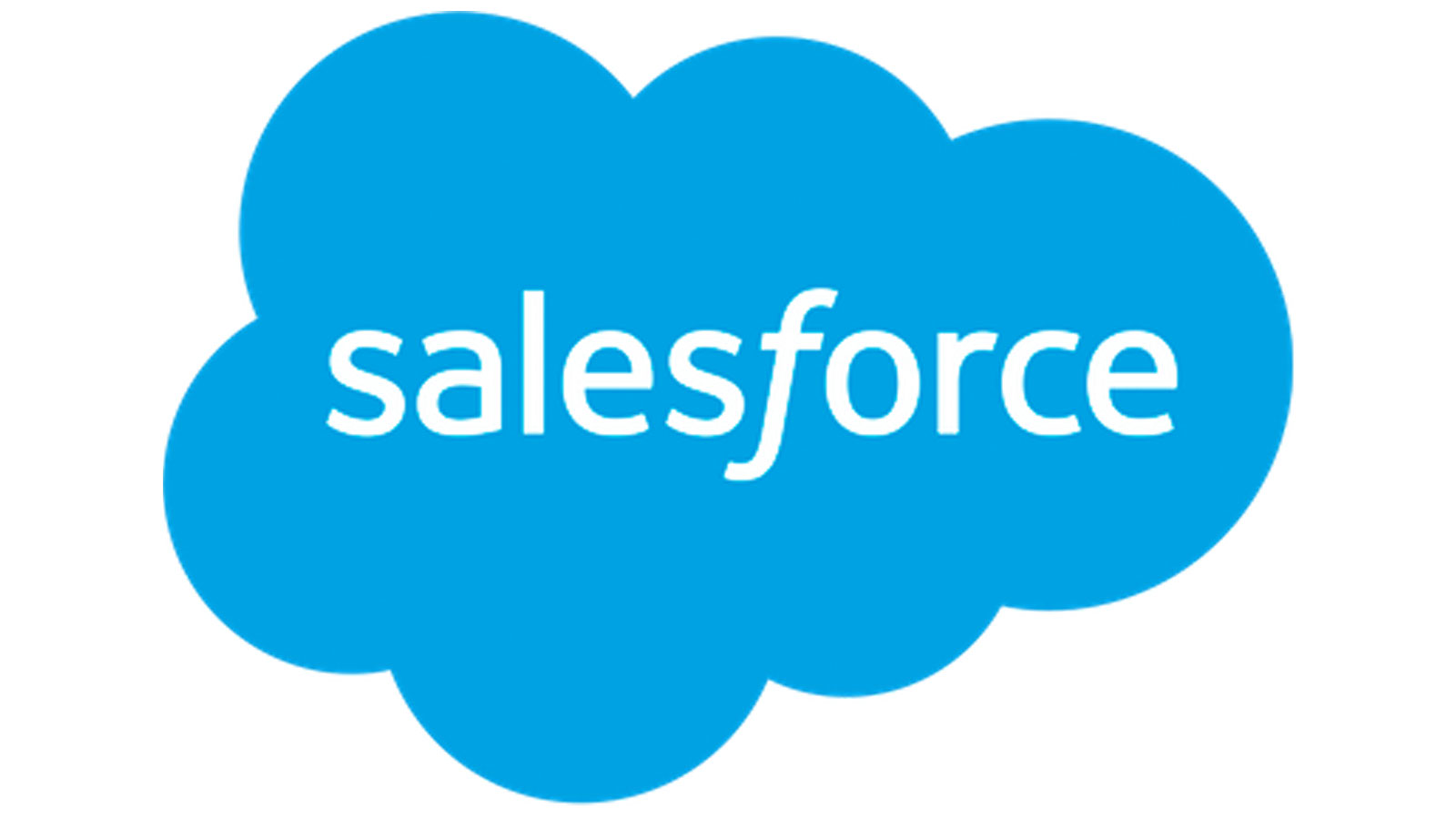Salesforce has asked that we present some of our findings regarding serverless microservices. Here’s a sneak peak into what our talented Dev Team Lead, Brett Peterson, will be discussing.
Have you ever wondered how you could integrate serverless microservices with Salesforce and other systems to allow for decoupled features? Places like Netflix, AirBnB, and Spotify (to name a few) are investing heavily in microservice architecture. There are so many services and options available for creating a solid microservice architecture with platforms like Heroku, AWS, Azure, Google Cloud, etc.
In this session, we’ll walk you through the process we used to supplement Salesforce with AWS Lambda Functions to deliver more value to our customers and end users. We’ll touch on cost efficiencies of using AWS Lambda vs other services. We’ll also touch on some of the pros and cons of the serverless microservice architecture and use cases where we feel it makes sense to supplement Salesforce with tools like AWS Lambda. Finally, we’ll walk through one of our use cases and show you a live use case where we’ve integrated Salesforce and AWS Lambda.
There are so many ways to extend Salesforce functionality. One great way we’ve found is through supplemental microservice architecture on the AWS platform. We’d like to share some of the gotchas that we encountered as we set up Lambda using API Gateway and Apex and also some of the different use cases we’ve found where it made perfect sense to use a serverless function to accomplish our end goals to quickly drive more business value for our company.

